When starting a firewood fire, you have to choose between hardwood and softwood firewood. The former is vital in keeping the fire alive, but you still need softwood, especially for kindling.
In our guide, we’ll compare and contrast hardwood vs. softwood firewood. We’ll also discuss the specific applications of each of them.
Hardwood Vs. Softwood Firewood: Definition
What is Hardwood Tree
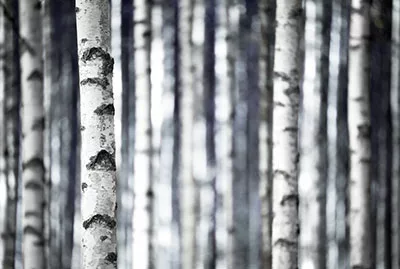
Birch is a Hardwoods Tree.
The easiest way to identify hardwood trees is by checking if they feature broad leaves. The trees are also deciduous, shedding their leaves once per year. Thus, examples include trees such as the following:
What are Softwood Trees?
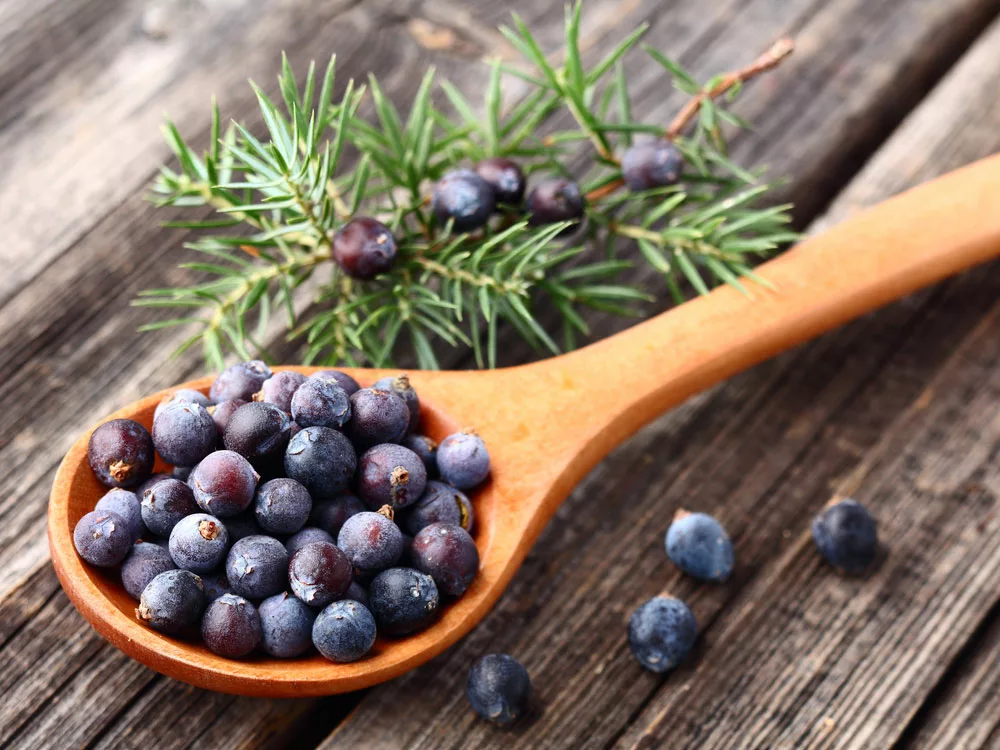
Softwoods feature needle leaves.
In contrast to their hardwood types, these have needle-like leaves. Also, although they also shed their leaves, the frequency of this varies from two years to four. Hence, some of the softwood trees with such characteristics are as follows:
Hardwood Vs. Softwood Firewood: Properties Comparison

A firewood stack.
In the table below, we’ll compare hardwoods to softwoods in various respects.
| Comparison Criteria | Softwood Firewood | Hardwood Firewood |
| Rate of Growth | Most will grow quickly. | They take a long time to reach maturity. |
| Wood Density | Low density. | They are highly dense. |
| Burning Duration | Burns up quite fast in about 40 minutes. | It takes longer to burn up than softwood. |
| Heat Yield | It has a relatively lower heat output though some are moderate. | It has a high heat yield, with most having a BTU/cord above 20. |
| Logs Quality | Poor Quality. | Excellent Quality. |
| Cost | They are relatively cheap. | Most are expensive owing to their rarity and slow growth rate. |
| Briquettes Quality | Great. | Great. |
| Wood Color | They are primarily light-colored. | Most have a dark color. |
| Tree Species Examples | Fir, spruce, and Pine. | Alder and Oak. |
| Common Wood Application | Cardboard and paper manufacturing. | High-Quality Furniture manufacturing. |
Hardwood Vs. Softwood Firewood: Advantages and Disadvantages
Advantages of Hardwood Firewood over Softwood
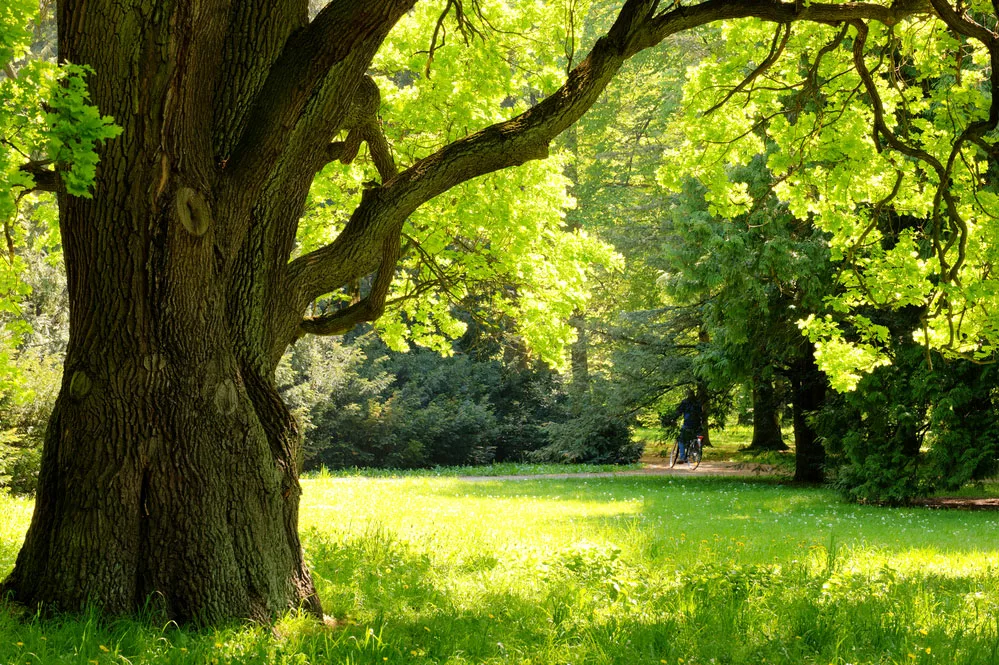
An Oak tree.
- It has better resistance to fire than softwoods hence will not catch fire easily in case of an accident.
- Hardwoods yield limited to no smoke, especially if you dry them well, as they have limited sap content. It makes these trees ideal for indoor fires, unlike softwoods.
- Also, hardwoods have better tensile and shear strength than their softwood counterparts.
- Hardwoods have no sap when fully dry. Conversely, carrying softwoods will leave a sticky material on your hands and clothes.
- Hardwoods make the best wood option to stack for winter. On the other hand, you need a lot of softwoods to use during the entire winter.
- Some hardwoods like cherry, oak, and applewood burn with unique aromas that add great flavors to meat. Meanwhile, softwoods are not ideal for smoking meat as they don’t have great smells or are too smoky.
- They burn longer and better, given that a cord of hardwood will give a higher heat output than softwood. Hence, hardwoods are better for a bonfire than softwoods.
- You don’t need a fire screen when using hardwoods, as they barely produce sparks. Nonetheless, this is necessary with softwoods as they spark easily even while properly dry.
- Hardwoods boast better weather resistance than softwoods. Hence, they are more impressive at overcoming exposure to water and sunlight than softwoods.
Disadvantages of Hardwood Firewood over Softwood
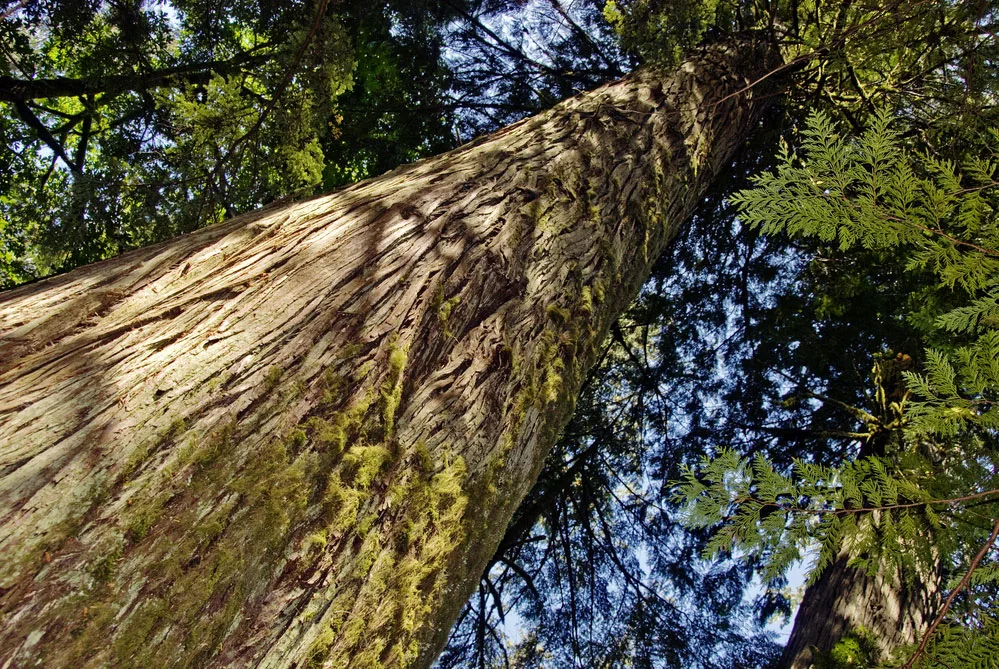
A cedar tree.
- Hardwoods will take longer to dry despite having a lower sap content than softwoods.
- Secondly, hardwoods take quite some time to catch fire, hence unsuitable for kindling applications.
- Most hardwoods are dense and relatively heavier than softwoods. Therefore, transporting softwoods is easier than hardwoods.
- Again, hardwoods aren’t good for carving as they are hard and thus complicated to curve.
- It is cheaper to acquire hardwoods than softwoods. Fundamentally this is because of hardwoods’ slow growth rate and rarity compared to softwoods.
- Hardwoods take ample time to attain full maturity, while softwoods mature quickly. Hence, using hardwoods for firewood can be unsustainable, especially when they are not plentiful.
Hardwood Vs. Softwood Firewood: When To Use
What is the ideal time to use hardwoods over softwoods and vice versa? We’ll explain it below.
When to use Softwoods?
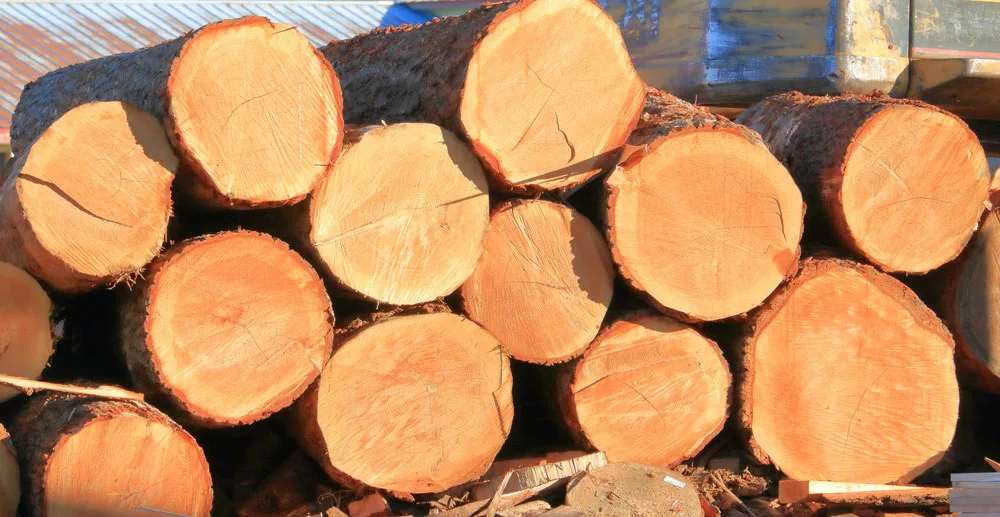
Cedar Logs.
- You can go for softwoods if you’re looking to light a simple fire to warm yourself and a few friends and family members in your backyard.
- Softwoods are also ideal for a campfire as long as you don’t intend to use them for cooking and smoking meat.
When to use Hardwoods?
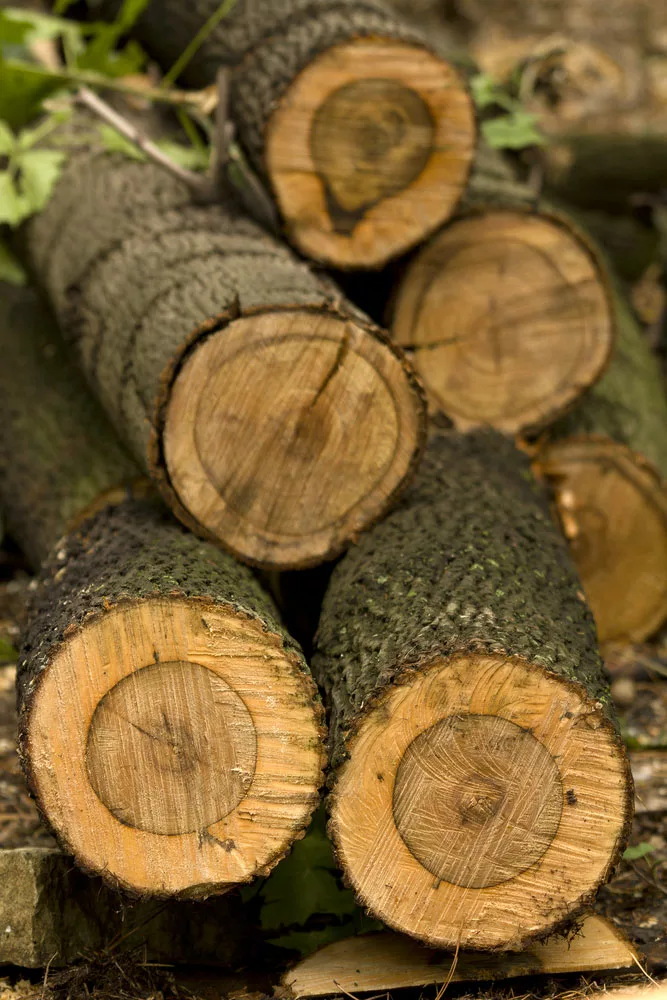
Maple Logs.
- Hardwoods are ideal for indoor fires as they yield little to no smoke. They will also don’t cause creosote accumulation in your fireplace chimney. They are also best suited for wood stoves, hot tubs, wood-burning furnaces, and wood saunas.
- Hardwood firewood is best if you’re looking to cook a meal on a campsite bonfire. The reason is that they burn clean and thus won’t leave soot on your cooking vessels.
Conclusion.
Our softwood vs. hardwood guide highlights the features of each type and its suitability for use as firewood. Thus, it helps you make an informed decision when selecting the two main wood types.
